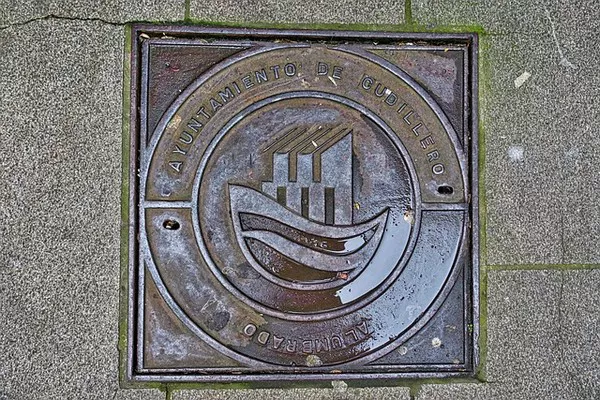Industrial wastewater is a byproduct of various manufacturing processes and plays a crucial role in industrial operations. However, the composition of industrial wastewater is diverse and complex, posing environmental challenges and necessitating careful management. This article explores the key components found in industrial wastewater and highlights the importance of effective treatment methods.
Chemical Components:
Heavy Metals:
One significant category of pollutants in industrial wastewater is heavy metals. These include substances such as lead, mercury, cadmium, and chromium, which can be highly toxic even at low concentrations. Heavy metals enter industrial wastewater through processes like metal plating, mining, and electronic manufacturing. Their presence poses serious environmental risks, as they can accumulate in aquatic ecosystems, affecting both aquatic life and human health.
Organic Compounds:
Industrial processes often generate a variety of organic compounds, including solvents, oils, and phenolic compounds. These substances can be challenging to break down and may persist in the environment, leading to long-term contamination. Industries such as petrochemical, textile, and pharmaceutical production contribute significantly to the presence of organic pollutants in wastewater. Proper treatment methods are essential to mitigate the environmental impact of these compounds.
Suspended Solids:
Solid particles present in industrial wastewater, known as suspended solids, can include a range of materials such as sediments, silt, and other particulate matter. These particles can impact water quality, reduce light penetration in aquatic ecosystems, and harm aquatic life by clogging gills and interfering with feeding mechanisms. Common sources of suspended solids include construction sites, mining operations, and various manufacturing processes.
Biological Components:
Pathogens:
Industrial wastewater may contain pathogenic microorganisms such as bacteria, viruses, and parasites. These contaminants pose a direct threat to human health and can lead to the spread of waterborne diseases. Industries involved in food processing, pharmaceuticals, and healthcare are particularly prone to releasing pathogens into wastewater. Adequate treatment measures, such as disinfection processes, are crucial to ensure the removal of these harmful microorganisms.
Nutrients:
Nutrients, such as nitrogen and phosphorus, are essential for biological processes but can become pollutants when present in excess. Industries like agriculture, food processing, and certain manufacturing processes contribute to elevated nutrient levels in wastewater. Excessive nutrient discharge can lead to eutrophication in water bodies, causing algal blooms and disrupting the balance of aquatic ecosystems.
Physical Components:
Temperature:
Some industrial processes generate high-temperature wastewater, which can have detrimental effects on aquatic ecosystems. Thermal pollution can reduce oxygen levels in water, affecting the survival of aquatic organisms. Industries like power generation, metal processing, and pulp and paper manufacturing are known sources of elevated temperature in wastewater. Cooling and heat exchange technologies are employed to address this issue and minimize the impact on receiving water bodies.
pH Levels:
The pH of industrial wastewater can vary widely depending on the type of processes involved. Extreme pH levels, either acidic or alkaline, can have harmful effects on aquatic life and the overall stability of ecosystems. Industries such as mining, metal plating, and chemical manufacturing are common contributors to pH imbalances in wastewater. Neutralization processes are essential to bring the pH within acceptable ranges for environmental discharge.
See Also What Causes Sewer Smell In Basement
Conclusion:
Understanding the diverse composition of industrial wastewater is crucial for developing effective treatment strategies and mitigating environmental impacts. Heavy metals, organic compounds, suspended solids, pathogens, nutrients, temperature, and pH are among the key components that demand careful consideration. Industries must adopt advanced treatment technologies and best practices to ensure the responsible management of wastewater, protecting both the environment and human health. Additionally, regulatory measures and industry standards play a vital role in promoting sustainable wastewater management practices, fostering a balance between industrial growth and environmental stewardship.

